Water – perhaps the most important liquid in the universe – is also one of the strangest. Its best-known oddity is its decrease in density on freezing, but there are countless others. In 1992, Eugene Stanley and colleagues at Boston University in the US proposed that these properties could be explained if water at ambient temperature was a mixture of two indistinguishable liquids.1 Now, researchers using more sophisticated models have gained additional theoretical evidence to support this hypothesis.2
As well as the low-viscosity liquid familiar at ambient conditions, water can also exist as a frozen, glassy metastable liquid in which molecules have insufficient energy to crystallise. Below 136K there are actually two glassy states with different densities. ‘There are claims – and very good experiments from the group of Thomas Loerting in Innsbruck – that there are two different glass transitions and two different metastable liquid phases that come from melting the glasses, but they are not yet conclusive,’ explains Francesco Sciortino of Sapienza University of Rome, Italy, who was part of Stanley’s Boston team in 1992. The experimental challenge is that heating the molecules above 150K causes them to crystallise rapidly.
Based on computer simulations, Stanley’s group proposed that, before crystallisation, both liquids could exist. Above a certain pressure and below a certain temperature, there would be a clear phase transition. The other side of this ‘critical point’, however, the two phases would become indistinguishable, giving rise to a single liquid with the bizarre properties observed. Critical points are well known: all substances that can exist in both gas and liquid phases have a critical point at which the two phases merge. In water, this occurs at 647K temperature and 278 atmospheres pressure, leading to a sample that looks ‘like milk’ explains chemical physicist Anders Nilsson of Stockholm University in Sweden. The idea of a second, liquid–liquid critical point, however, was new.
Experimentalists have investigated this hypothesis in ever-finer detail. Nilsson’s group in 2017 used femtosecond x-ray pulses to capture changes in the structure of micron-scale water droplets as they cooled rapidly in a vacuum. Others such as Alan Soper of the UK’s Rutherford Appleton Laboratory, however, suspected that the water molecules might simply be rearranging as they prepared to crystallise.
The general theory surrounding critical points, and how materials should behave in their vicinity, has also advanced considerably. In the new work, Sciortino and colleagues led by Pablo Debenedetti of Princeton University in the US used two of the best computer simulations currently available – both far more sophisticated than those used in 1992 – to investigate whether their hypothetical liquid–liquid critical point satisfied these constraints. In both simulations, their model passed the test: ‘As you approach the critical point, the length scale of the density fluctuations becomes larger and larger,’ says Debenedetti. ‘But it is never truly infinite until you reach the critical point. Then, as you do the same thing at even higher pressures, you see a true phase separation.’
Theoreticians and experimentalists – both those skeptical of Stanley’s hypothesis and those receptive to it – say that ultimate verification needs to come from experiments. ‘The work of Debenedetti and co-workers … is probably the best in the world. But you must always be totally clear that this is not real water. In real water we cannot get to 173K without crystallisation, so until that happens (or at least within 1 or 2K of it) we will never know for sure whether real water also has this second critical point,’ comments Soper. Nilsson also says ‘the real smoking gun can only come from experiments.’ ‘They show that in simulation, for a liquid–liquid critical point – something that’s never been seen in any system – the universal scaling behaviour is exactly as we’d expect. That is the breakthrough.’
References
1 P Poole et al, Nature, 1992, 360, 324 (DOI: 10.1038/360324a0)
2 P Debenedetti, F Sciortino, G Zerze, Science, 2020, 369, 289 (DOI: 10.1126/science.abb9796)
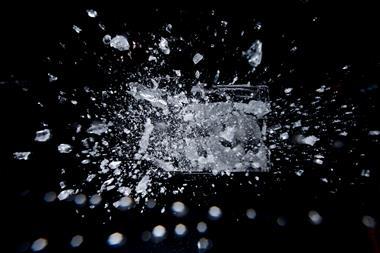
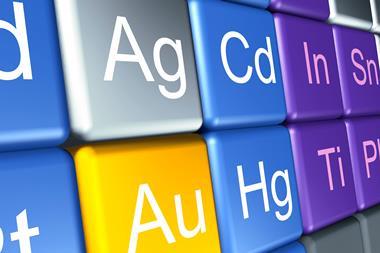
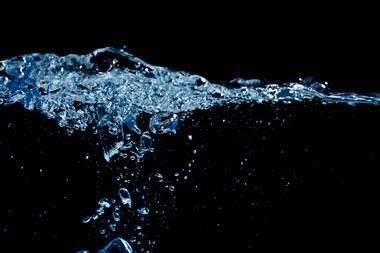
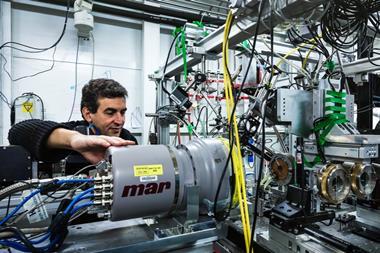

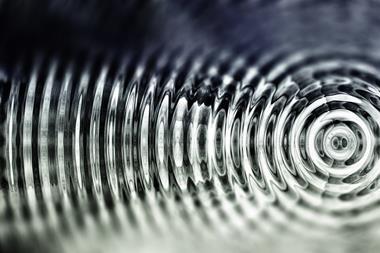






No comments yet